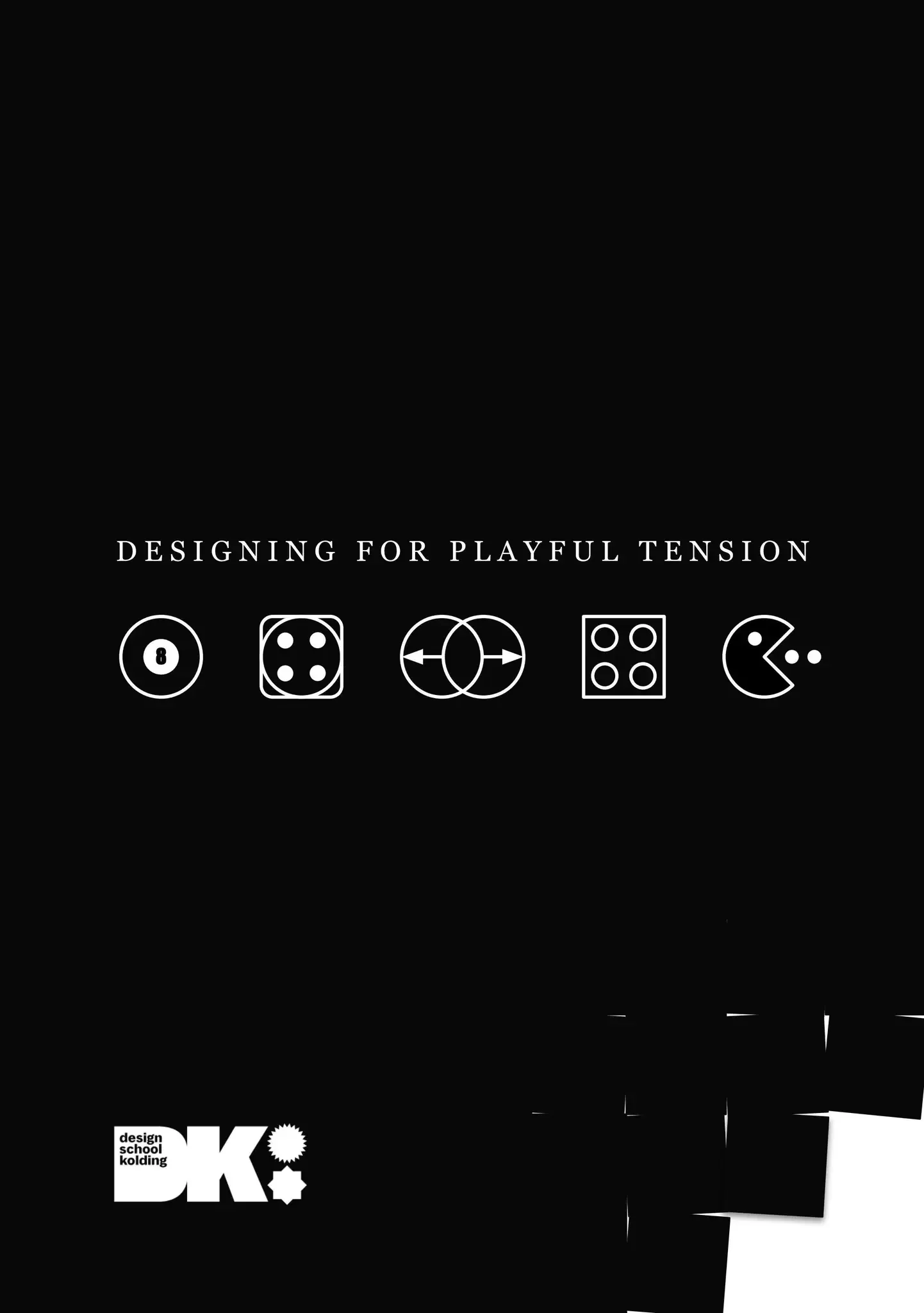What if cities were built for play?
What happens when a family-owned company stays rooted in its hometown and decides to co-create its future? In Billund, Denmark — the birthplace of LEGO — that question led to an ambitious new neighborhood called Travbyen, developed by Kirkbi, the holding and investment company behind LEGO.
I’m joined by Christian Nørgaard from Kirkbi’s and Travbyen’s Project Director to explore Travbyen — a new neighborhood in Billund that puts play at the heart of urban design.
Built on collaboration between the company and the municipality, Travbyen translates the values of creativity, trust, and play into urban design. The result is a people-first neighborhood where cars are guests, and where the balance between order and spontaneity becomes a tool for social sustainability.
A town and a company growing together
Billund is inseparable from LEGO. The toy company has remained headquartered in the small Jutland town for generations, and the owner family, through Kirkbi, continues to invest in its growth.
By 2015, however, the town’s expansion lagged behind the company’s. To avoid becoming an industrial enclave, Kirkbi and the municipality created a joint master plan — a long-term roadmap for how Billund should grow sustainably.
That collaboration led to the redevelopment of a former trotting track: the last major undeveloped site in central Billund. The vision was clear — to build housing and public spaces that strengthen community life and attract new families while keeping the town’s human scale.
Shared goals, lasting partnership
Public–private collaboration can be complex, but in Billund it rests on long-term commitment. Both the municipality and Kirkbi see value in working from a common framework rather than reacting to short-term pressures.
The master plan defines not only where and how to build, but also how to preserve the spirit of the town. That stability has allowed Travbyen to move forward smoothly, even as political and corporate leadership changes.
Life between houses, not behind fences
Travbyen challenges the typical suburban model. Instead of individual gardens separated by hedges, it offers shared courtyards, green lanes, and small communal spaces that encourage casual meetings and play.
Cars can enter the narrow streets but not stay there. They are stored in shared parking houses a short walk away, freeing up public space for people and nature. The design follows the principle that streets gain life when cars give up space.
In this setting, privacy still exists, but social interaction is prioritized. The atmosphere feels intimate, green, and slightly informal — what its creators affectionately call “a bit hippie.”
Nudging habits in a car-oriented culture
Billund is a small town where most people are used to driving. Travbyen aims to shift those habits gently rather than through prohibition. Residents can still drive, but collecting a car requires a short walk — a small inconvenience that makes cycling or walking the easier choice.
Because nearly everything in Billund can be reached within fifteen minutes, the neighborhood naturally supports low-carbon mobility. It’s an example of how urban form itself can encourage behavioral change toward more sustainable lifestyles.
Designing through play
Play is central to Travbyen’s concept — not only as an activity, but as a way of thinking. Working with LEGO play designers and researchers from Design School Kolding, the team applied the idea of “playful tension”: the mix of order and unruliness that sparks curiosity and creativity.
Instead of uniform buildings and perfect symmetry, Travbyen embraces small irregularities — rotated windows, unexpected colors, or playful details that surprise and delight. The goal is to make people explore, wander, and interact.
One sign could sum up the approach: “Please walk on the grass.”
“Adding elements of play is actually making the city more sustainable”
From play to sustainability
For Kirkbi, play is more than a cultural symbol; it’s a form of social sustainability. When design encourages people to meet, talk, and imagine, it strengthens community ties and improves quality of life.
Environmental sustainability is equally central. Travbyen’s buildings are designed to achieve an exceptionally low carbon footprint. Kirkbi plans to share its data and design principles openly so other developers can replicate them — an “open-source” approach to sustainable urbanism.
Building together, learning together
Travbyen brings together architects, engineers, consultants, and municipal partners under one coordinated client organization. That structure, combined with a clear value framework, fosters trust and shared ownership.
The process is deliberately experimental: teams are encouraged to test ideas, learn from mistakes, and share insights freely. This openness, says Christian, keeps motivation high and the vision alive.
Looking ahead
For Christian, the real test will come once residents move in and make the place their own. Success, he says, will be hearing people in ten years say simply that Travbyen is where they want to live.
That moment — when the carefully designed backdrop becomes a lived, evolving neighborhood — would prove that the balance between structure and spontaneity, order and play, can create not only a new part of Billund but also a new way of thinking about sustainable urban living.
Reading recommendation:



